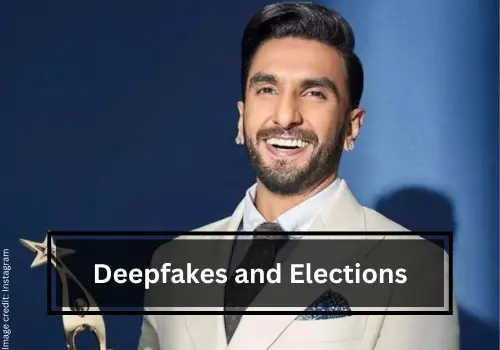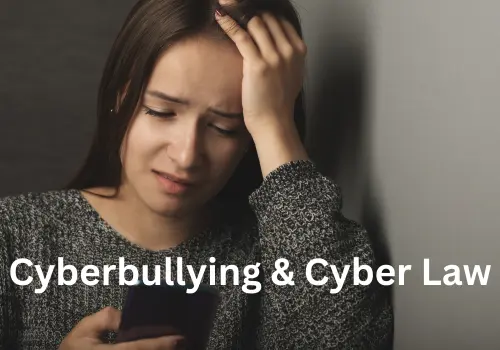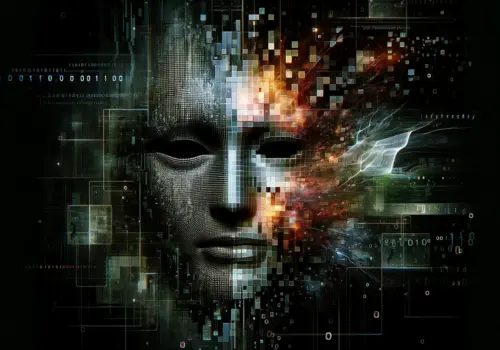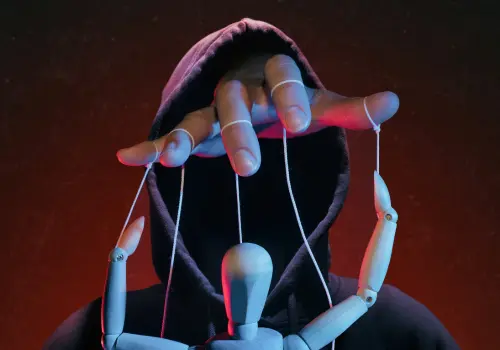Deepfakes & Cyber Law
1. What are Deepfakes?
These are highly realistic videos or audio recordings created using AI, where someone's face or voice is replicated in scenarios they never actually participated in.
2. Celebrity Victims
Recently, several Indian celebrities, including Rashmika Mandanna, Katrina Kaif, Kajol, and now Alia Bhatt, have fallen victim to deepfakes. Alia Bhatt's face was edited onto another woman's body in a video that circulated on social media.
Earlier, a deepfake video featuring Mandanna in a black dress in an elevator went viral. This AI-generated video was created by superimposing her face onto another woman's body, leading to public outrage and concern.
3. Indian Government's Response
✅ Appointment of an Officer: The Indian government has appointed an officer to assist in filing FIRs against social media firms in cases involving deepfakes.
✅ Enforcement of IT Rules: Social media platforms are being directed to align their terms of service with India’s internet laws, particularly concerning the prohibition of deepfakes.
4. Cyber Law in Action
Section 66D of the Information Technology Act: Punishment for cheating by personation using a computer resource. This could apply to deepfakes used to impersonate individuals fraudulently.
Section 66E of the Information Technology Act: Punishment for violation of privacy. Deepfakes often involve non-consensual use of a person's image, which could violate privacy norms.
Section 67 of the Information Technology Act: Punishment for publishing or transmitting obscene material in electronic form. If a deepfake is obscene, this section may apply.
Section 67A of the Information Technology Act: Punishment for publishing or transmitting material containing a sexually explicit act, etc., in electronic form. This section is relevant if the deepfake contains sexually explicit content.






























